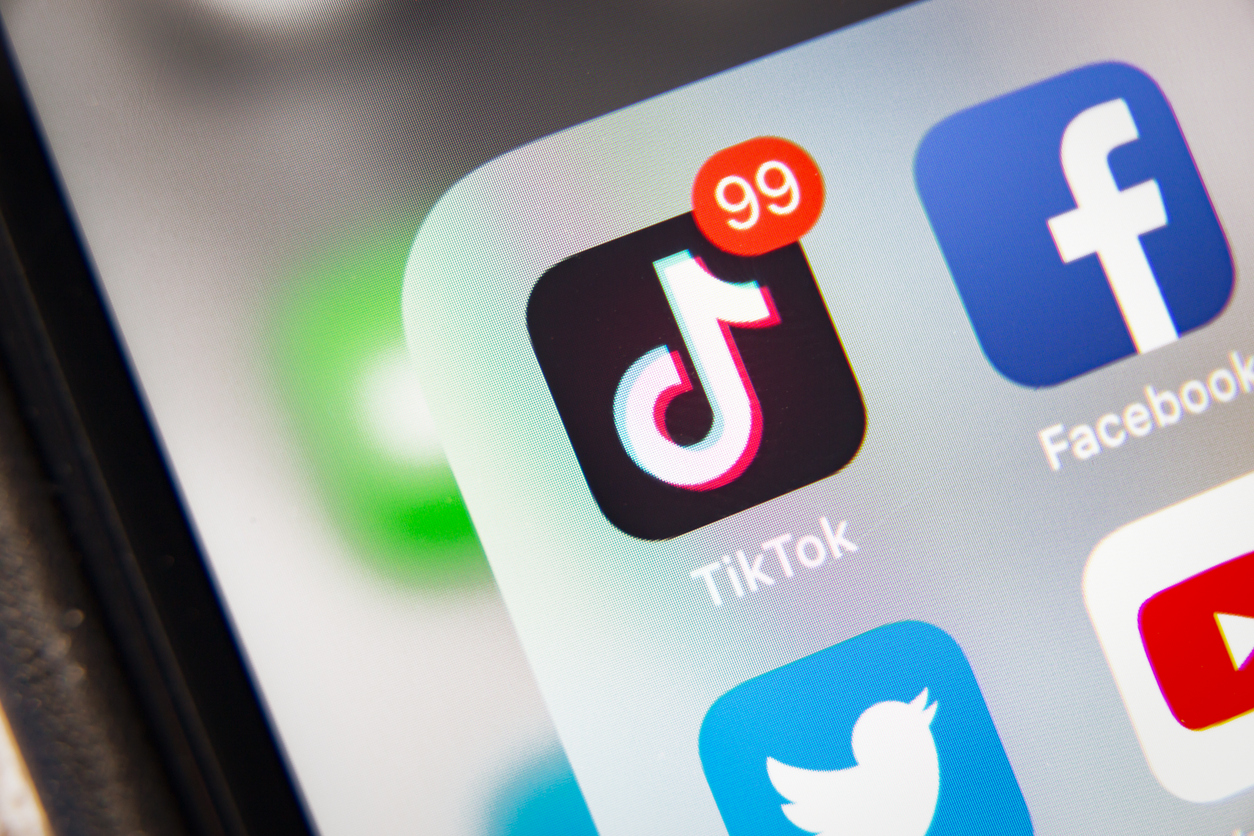The Scoop: 12 Americans describe their complex relationship with TikTok
Plus: Federal agencies give conflicting orders about newest DOGE email; Substack incorporates more video.

TikTok remains one of the single most important apps in the U.S. for absorbing news and information of all kinds, despite its uncertain future. The New York Times conducted a focus group with 12 heavy TikTok users across age, geographic and political strata. The results provide a candid window into how everyday users interact with the app, the level of trust they place in the information they see there and their concerns about a future ban.
Perhaps most revealing was when the focus group participants were asked to describe their relationship with social media. Two people chose positive words, like “healthy” and “connected.” One called it “community but also toxic,” offering a mixed bag. One gave the neutral “eventful.” The rest of the responses were negative, with three people dubbing it “addicting,” while others dubbed it “consuming” and “controlling” – later specifying that it is social media who is controlling him.
Despite these often-negative descriptors, most of the focus group participants said they were neutral to happy with their relationship to social media, including those who chose negative descriptors.
“I don’t really feel bad about being addicted to it, because everybody else is. So why not use it more?” said Jasper, a 20-year-old student from Illinois.
When asked about trying to cut back on their social media use, users said they’d be losing out on fun or important news. “There’s obviously so much that’s just trying to get your attention, and it’s nonsense,” said Alex, a painter from Ohio. “But then there’s the side where if you are staying away, I don’t really know what’s going on. It also feels like I’m also getting more stupid because I’m not informed.”
The entire article is worth a read as the users describe their views on a potential ban, misinformation and more.
Why it matters: Hearing these candid descriptors of social media use and views is worth its weight in gold, particularly if you can’t stage your own focus groups. Users describe nuanced, conflicting emotions. They see social media as a force that entertains, educates and connects them, but also recognizes its ability to overwhelm and divide.
At the same time, people generally are content with their own social media usage. They describe concern that TikTok may disappear and describe preparing for contingency (RedNote remains a top contender). They express fondness for the TikTok algorithm that so uncannily serves up content and consciously training it to their needs.
Communicators and social media professionals should keep these kinds of social media personae in mind when creating content. Sometimes their content will be seen as a positive respite from the world, but it can also be perceived as addicting. Keeping these conflicting concepts in mind can help craft content that leans into the positive aspects of social media – not the ones that leave people cringing with regret. After all, social media is just the people and organizations that make up the platform, combined with an algorithm. Be part of the positive side of the equation.
Editor’s Top Reads
- Major shakeups to federal agencies continues to eschew traditional communications principles, and that’s leading to widespread confusion. Over the weekend, an email was sent to federal workers asking them to describe what they did in the last week to justify their continued employment. It’s a page right out of Elon Musk’s playbook when he acquired Twitter. But Musk himself muddied the waters by posting on X (but not in the email) that “Failure to respond will be taken as a resignation.” Yet heads of various agencies pushed back against the email, with the FBI, Departments of State, Justice, Defense and Health and Human Services instructing employees not to respond. This obviously puts employees in an uncomfortable position, unclear on what action they should take. This entire chapter is a testament to the power and knowledge of communications professionals in times of seismic change. Their absence is felt loudly in this moment. Confusion may be part of the strategy here, but it’s clear that departments are beginning to push back in the absence of clear communications chains.
- Substack is expanding beyond its traditional focus on newsletters and delving into the red-hot world of video. Last week, it announced that creators can post and monetize videos directly through the Substack app. Already, 82% of its top 250 revenue-generator creators use audio and video as part of their content mix, Substack said. This represents a major powerplay for Substack, seeking to offer an alternative if TikTok does indeed wind up banned in the U.S. Additionally, the ability to put video and audio behind a paywall will appeal to creators who want a steady subscription revenue stream rather than being paid per view. This is the time to check out Substack, find some hot creators and take this platform seriously.
- Last week, Meta laid off 5% of its workforce. We now have a better idea of just which departments saw the largest cuts. According to documents obtained by Business Insider, 335 (about 9% of the laid off workers) worked for Facebook, the company’s largest and oldest app, but also one that has struggled to remain relevant. Another 171 workers (Other cuts included virtual reality, logistics and operations, administration, data center functions, software engineers, and wearables products. Another 171 jobs (5% of cuts) were reduced from Instagram and Threads. While this gives only a partial picture of the layoffs, this may indicate a shift of attention away from Facebook in particular. As always, make sure you’re staying diversified and ready against major platform changes.
Allison Carter is editorial director of PR Daily and Ragan.com. Follow her on LinkedIn.







